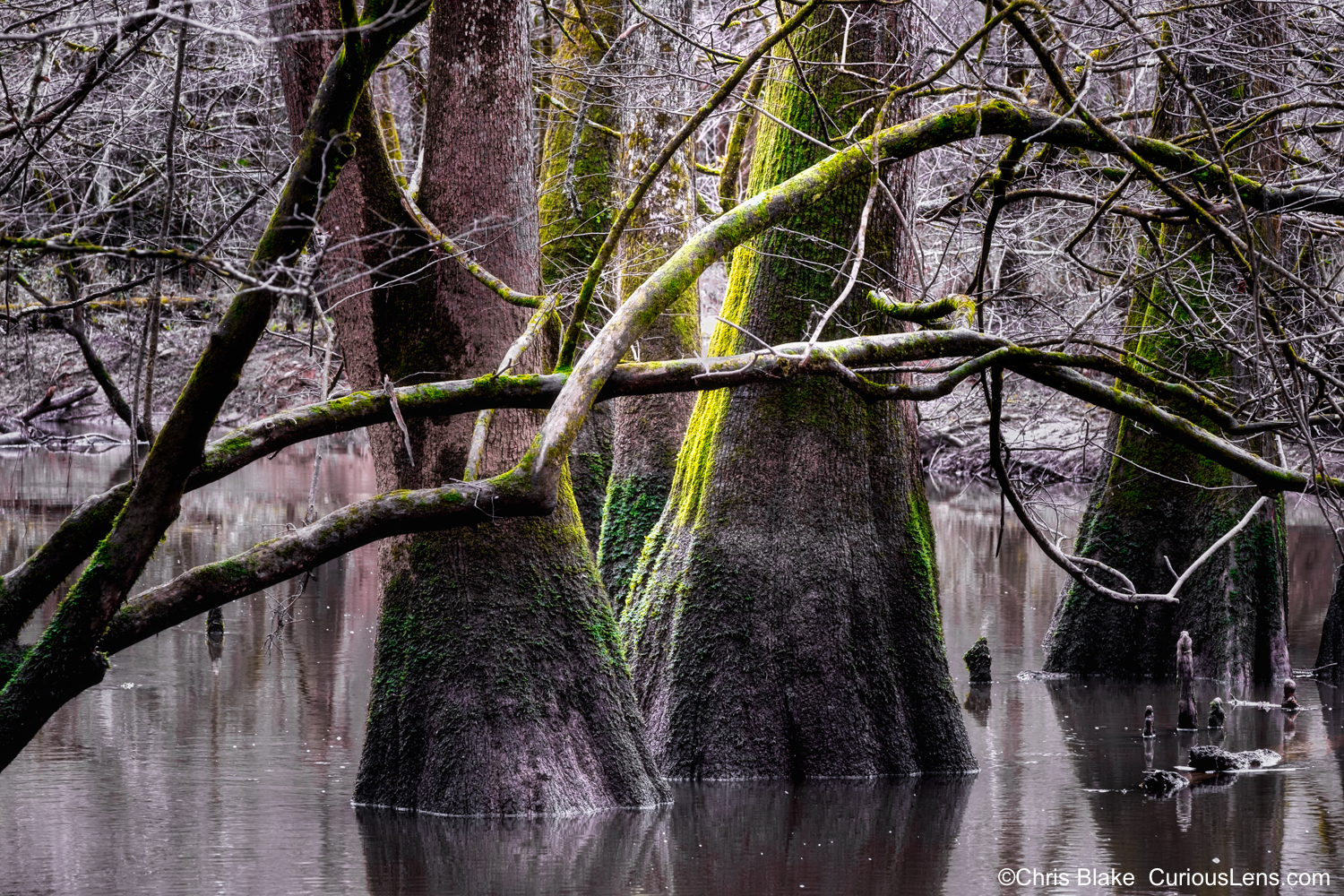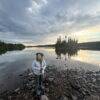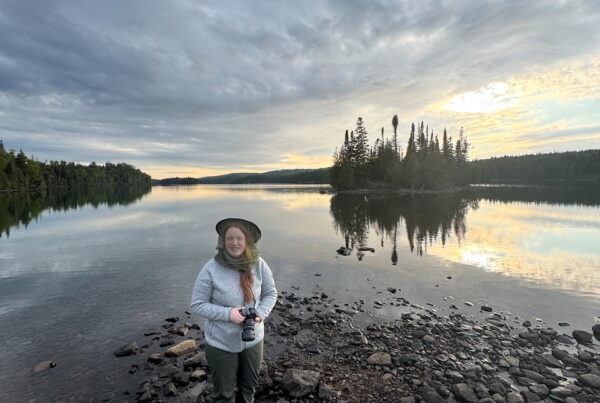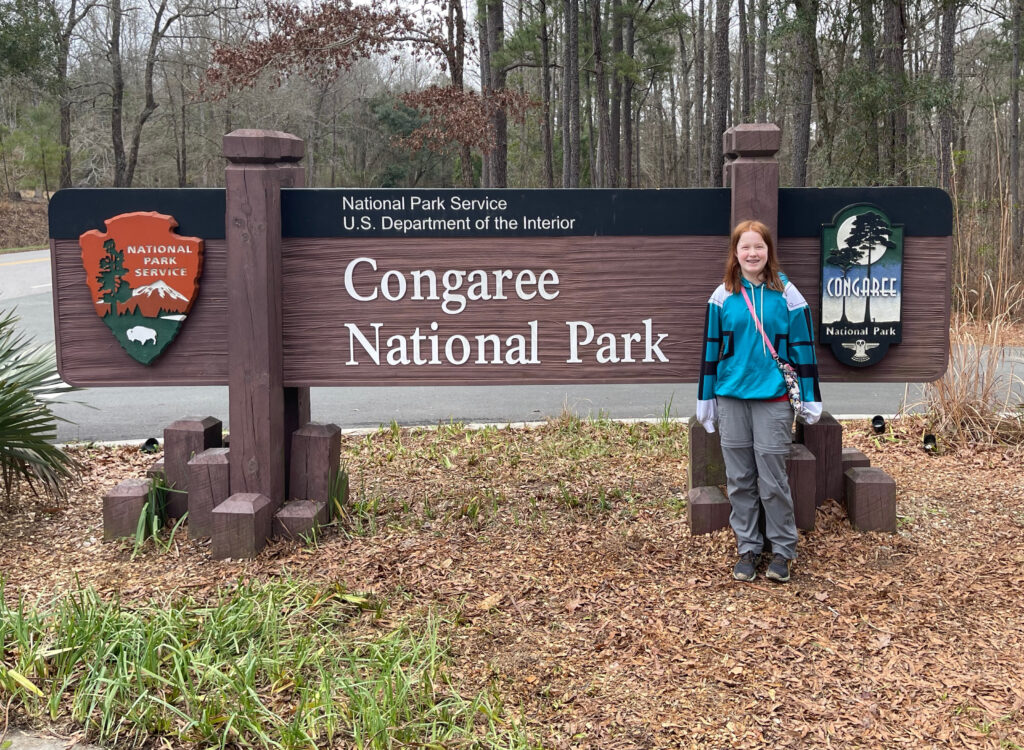
In early February, rejuvenated after a pleasant four-week respite at home, we ventured south to explore Congaree National Park. Nestled in the heart of central South Carolina and merely 18 miles from the bustling state capital, Columbia, Congaree preserves the largest expanse of old growth bottomland hardwood forest remaining in the United States. This 26,000-acre park, one of the National Park System’s ten least visited sites, was designated a national park in 2003 after a lengthy conservation effort.
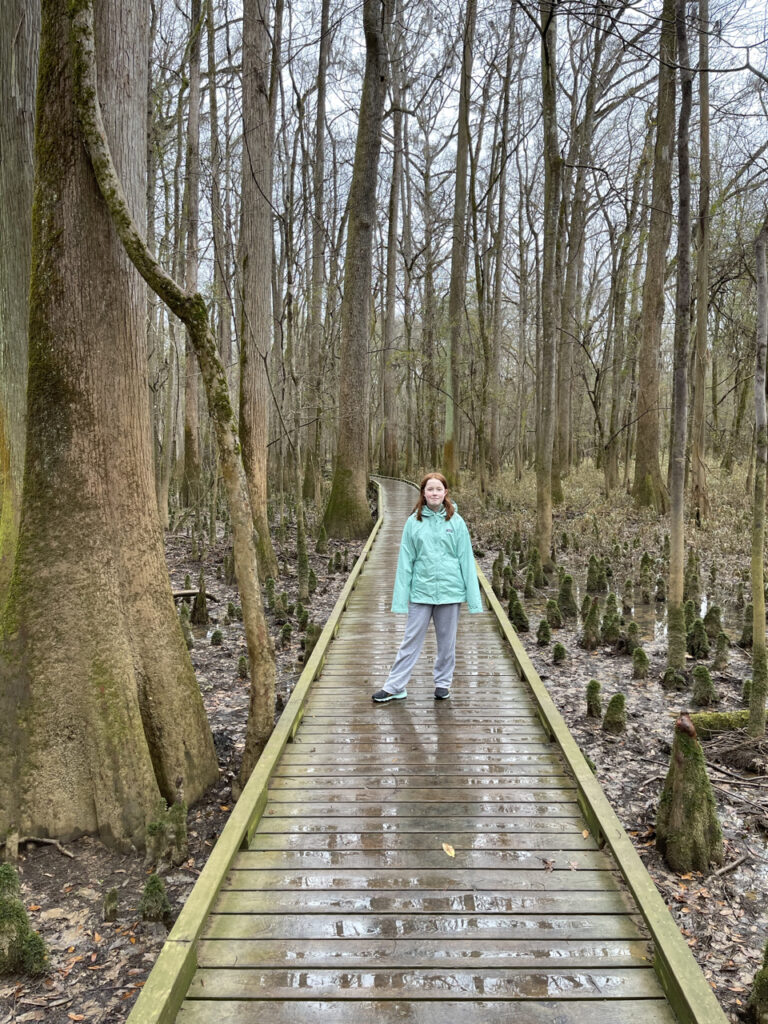
For this trip, we based ourselves on the outskirts of Columbia near Ft. Jackson, a mere 25-minute drive from the park. This location offered the convenience of a comfortable hotel close to various amenities. Our culinary highlight was definitely the delectable BBQ at Midwood Smokehouse, a must-try for anyone visiting the area.
The region’s history of heavy logging dates back to the late 1800s, but it was not until the 1950s that conservation efforts began to take shape. Spearheaded by Harry Hampton and the Cedar Creek Hunt Club, and later joined by the Congaree Swamp National Preserve Association and the Sierra Club, these efforts culminated in the area’s designation as a National Monument in 1976. In 2003, it was reclassified as a National Park, protecting 40.7 square miles of diverse, ancient forest that boasts one of the highest concentrations of Champion trees globally.
Visiting Congaree offers a variety of activities, with hiking and canoeing down the Congaree River being the most popular. These activities provide a unique opportunity to admire the majestic trees, some over 500 years old, and observe a rich variety of wildlife.
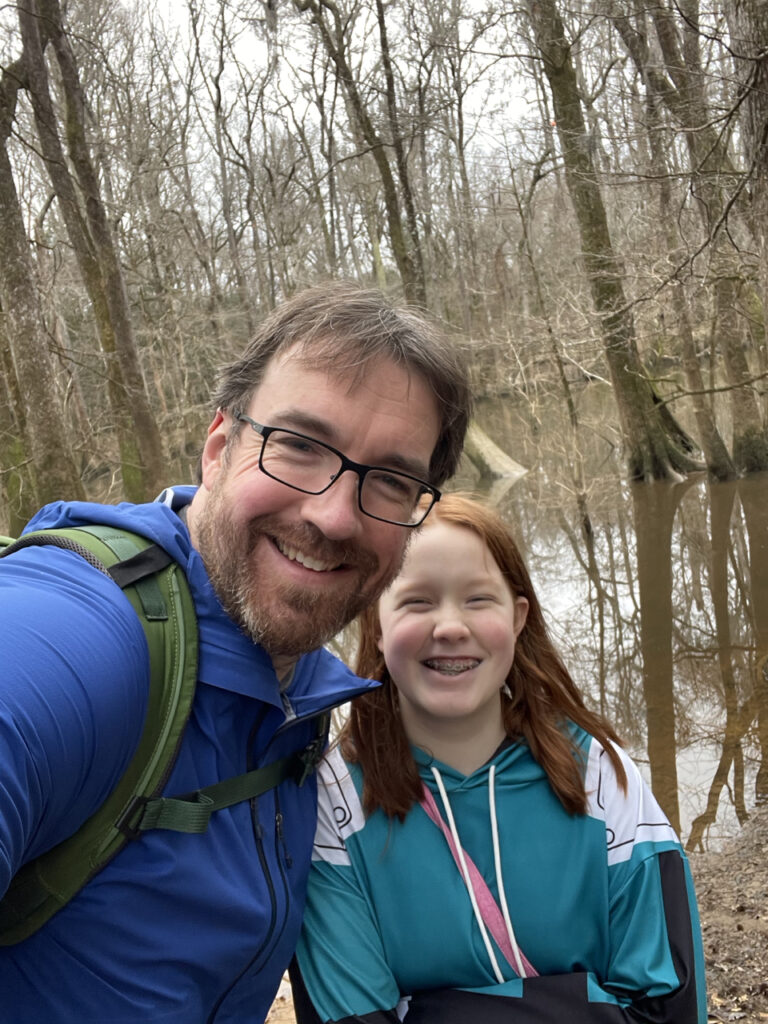
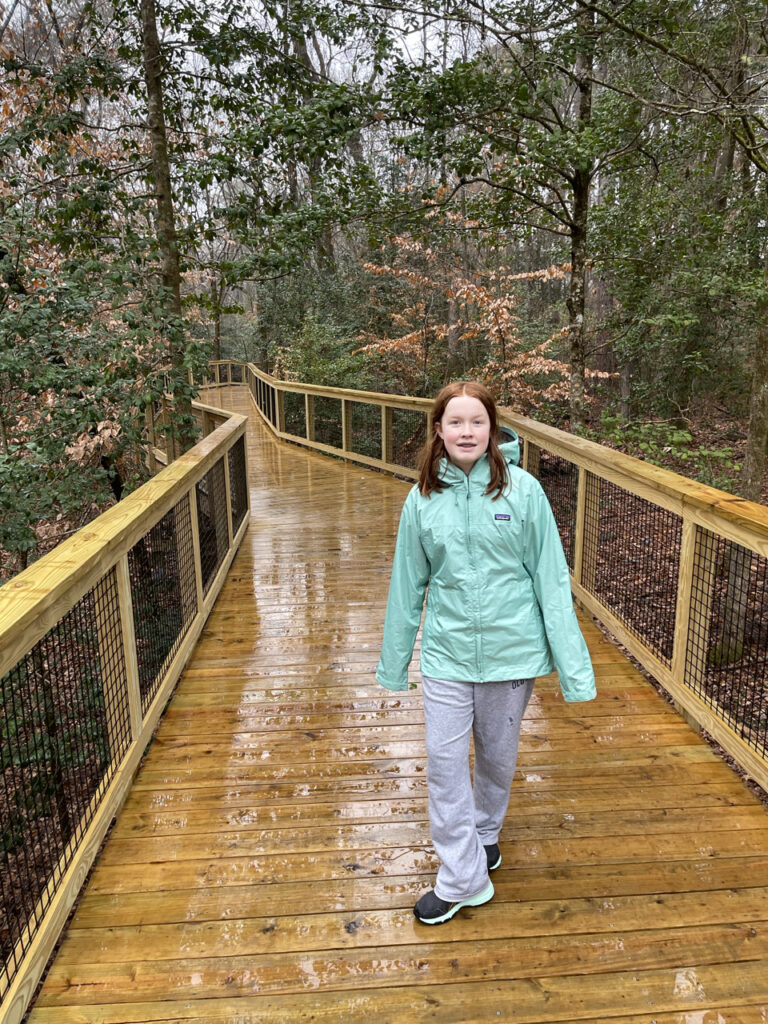
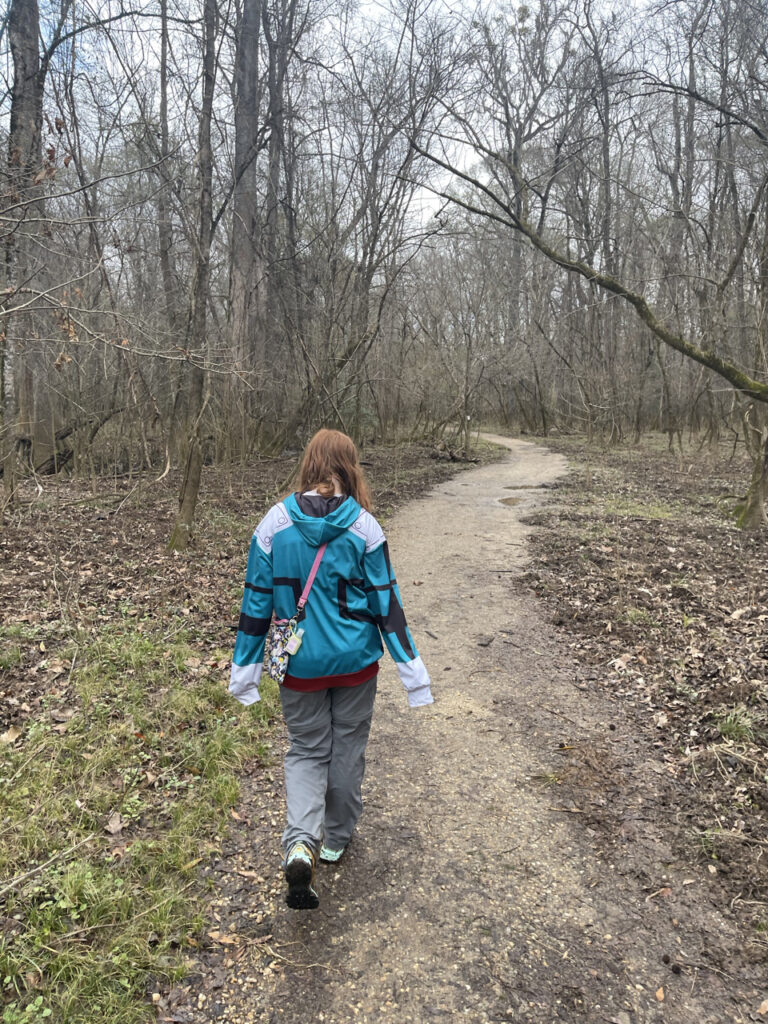
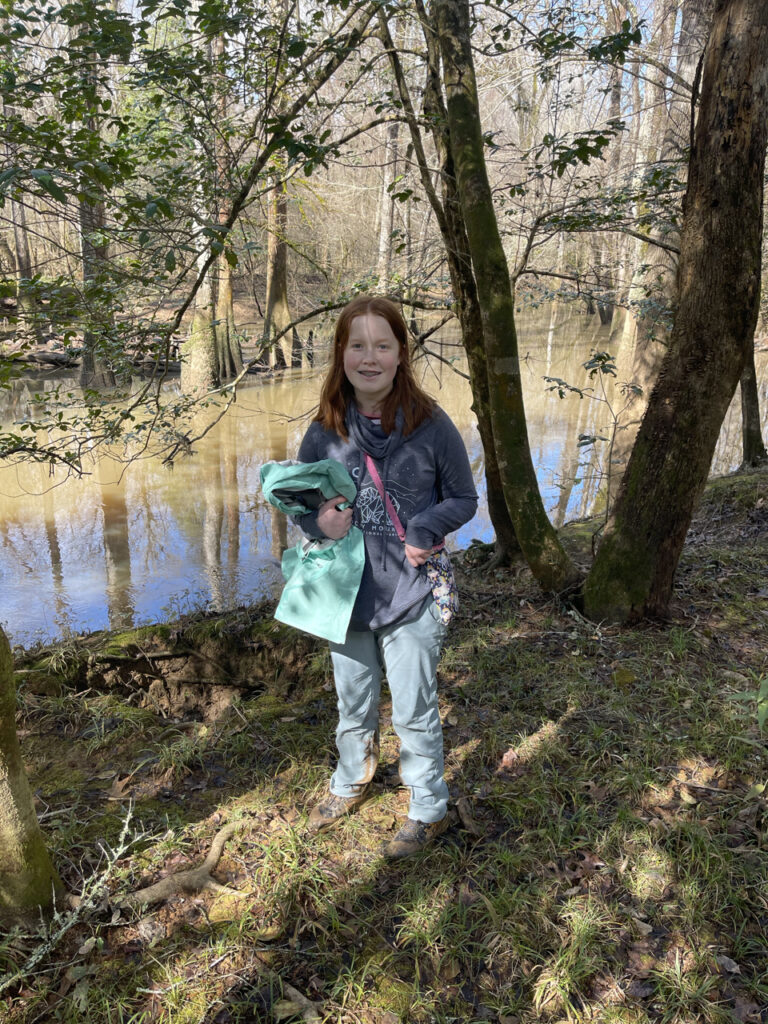


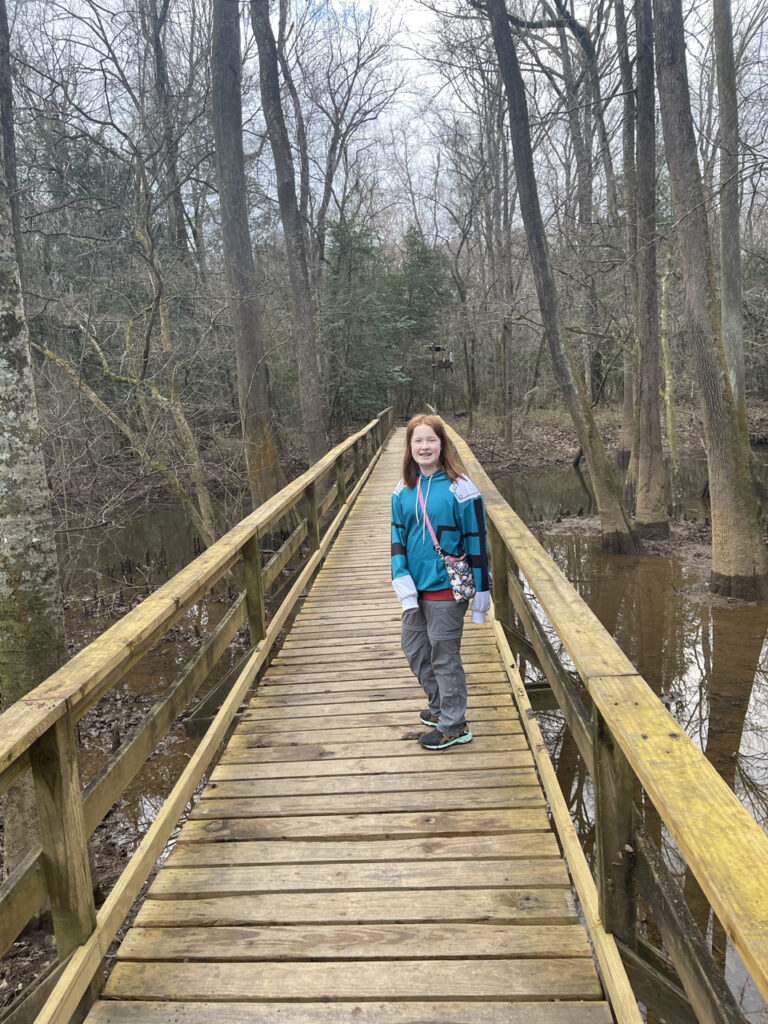
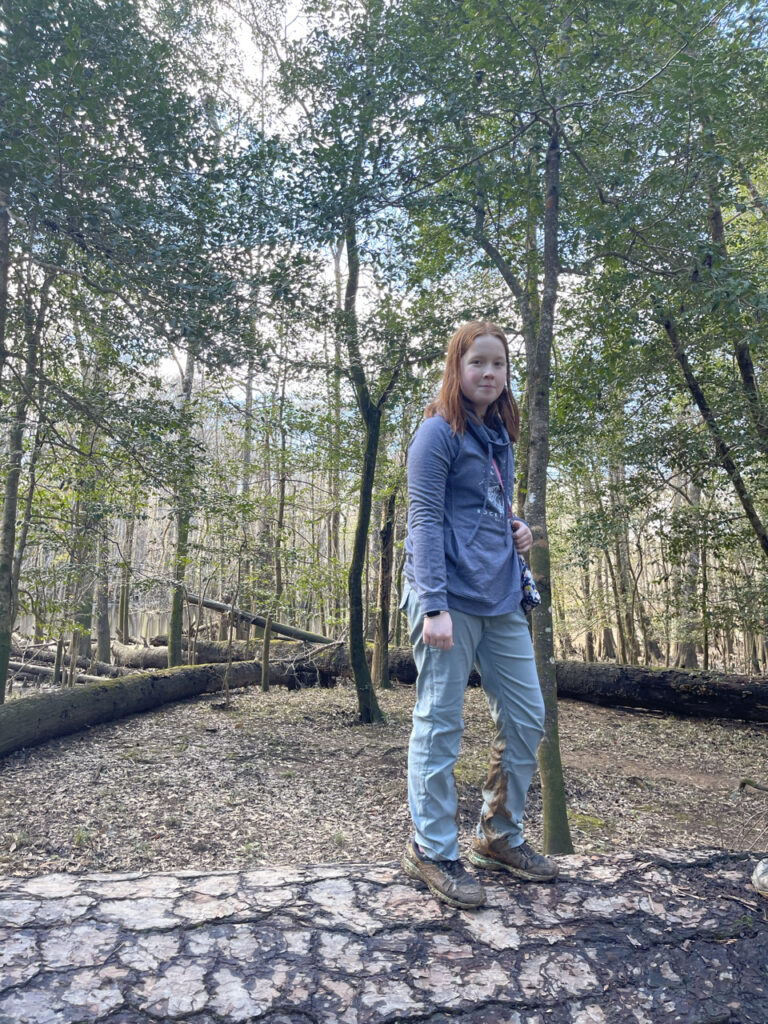
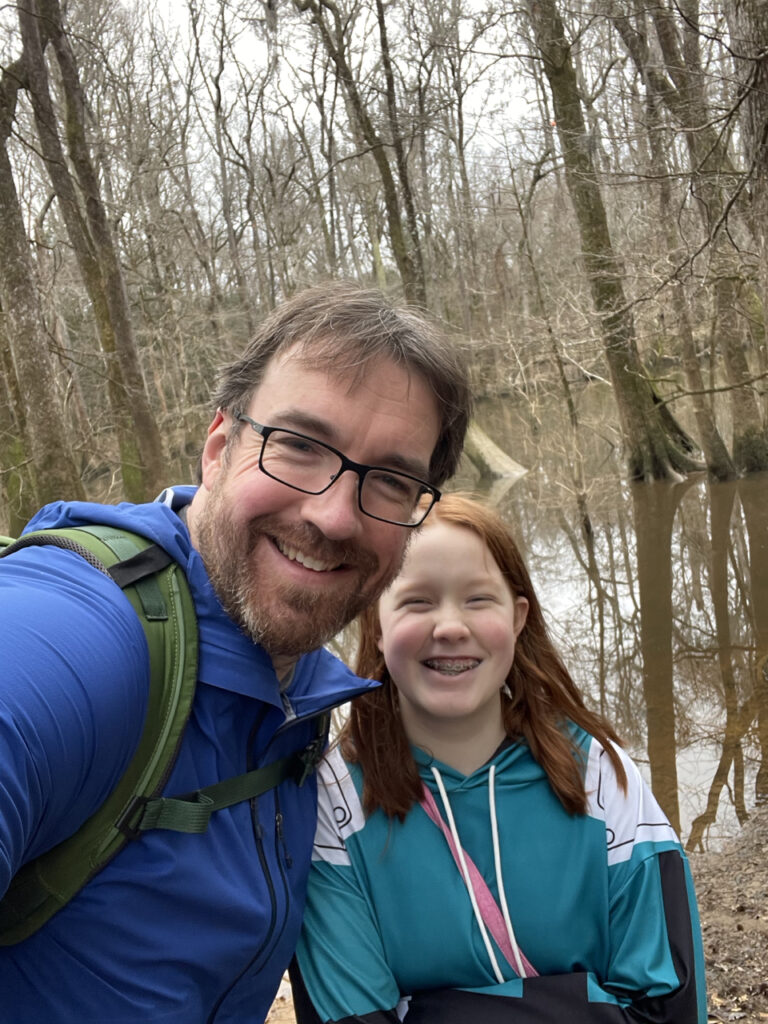
During our four-day stay, we traversed the park’s entire developed trail system, starting at the visitor center. Here, we engaged with rangers, and like all our park visits, collected our stamps, patches, and pins. An intriguing feature outside the visitor center is a mosquito activity meter, ranging from ‘All Clear’ to ‘War Zone.’ Fortunately, our February visit meant no mosquitoes—or snakes, for that matter—a small mercy given the cold, rainy weather that persisted during most of our stay.
We began our exploration on the popular 2.4-mile boardwalk loop, which is accessible and provides a comprehensive overview of the park’s landscapes. Venturing off the boardwalk, we tackled the Weston Lake Loop and the River Trail, both offering immersive experiences into the deeper, untouched parts of the park. Despite the trails being muddy and wet, the adventure was thrilling, albeit hard on our hiking boots.
A spontaneous side trip took us back to Charleston to photograph the iconic Ravenel Bridge. Despite the cliché, the quest for a unique sunset shot was thwarted by persistent rain, continuing the theme of our luck with the weather.
Despite its modest size and relative obscurity, Congaree National Park left a lasting impression. We thoroughly enjoyed our visit and are eager to return in the fall, hopeful for a lush, vibrant canopy and perhaps a chance to paddle down the Congaree River, exploring more of its serene beauty.
